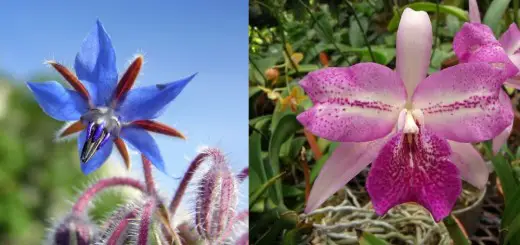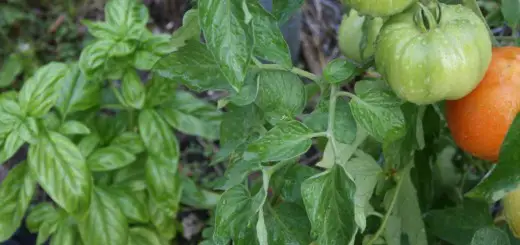Where to Plant Each Vegetable in the Garden. Friends and Foes
They go great together in a salad, but in the garden tomatoes can’t stand cucumbers. But carrots, dill, parsley, and parsnip are great around tomatoes because they will attract praying mantises, ladybugs, and spiders who feed on tomato pests. Moreover, there are flowers – particularly marigolds and nasturtiums – who are beneficial to a lot of vegetables. Applying these companion planting rules can bring you better harvests with less effort to fight your vegetables’ pests. We’ll give you some of the rules on where to plant each vegetable in the garden so that it’s close to its friends and far from its foes.
Planting your veggies in neat rows with labels is satisfying to the eye, and easier to harvest. However, when we look to nature, we don’t see rows anywhere, nor do plants all grow clumped up in groups of the same thing together. Mimicking nature’s biodiversity might make your garden look messy, but it’s been proven to help each individual plant to grow better. Plants in a polyculture are more resilient and tend to have fewer losses from insects or disease.
Where to plant each vegetable in the garden. Tomatoes
Tomatoes grow well around asparagus, basil, beans, carrots, celery, dill, lettuce, melons and onions, but not around cucumbers, broccoli, cauliflower, cabbage, or corn.
Cucumbers
You can plant cucumbers around beans, cabbage, cauliflower, corn, lettuce, peas, radishes and sunflower, avoiding the areas where you have aromatic herbs, melons and potatoes.
Where to plant each vegetable in the garden. Cabbage
Cabbage doesn’t grow well around broccoli, cauliflower, strawberries and tomatoes, but has a lot of “friends”: beans, celery, cucumbers, dill, lettuce, onions, potatoes, spinach, sage and thyme.
Beans
They also have plenty of “friends” (beat, broccoli, cabbage, carrots, celery, corn, cucumbers, squash, eggplants, tomatoes, potatoes, radishes, and peas) and a few “foes” (onions, garlic, peppers and sunflower).
Other vegetables
Also note that you shouldn’t plant carrots next tot dill and parsley, lettuce next to broccoli, onions around beans, peas, and sage or peppers next to beans.
Flowers in your vegetable beds
As we’ve already mentioned, marigolds and nasturtiums are beneficial to a lot of vegetables. These flowers will attract and feed beneficial pollinator insects, which will increase the fruit-set of many squashes, peas, cucumbers, tomatoes, and other veggies. Nasturtiums are edible flowers and look lovely in salads, and their nutritious root, called mashua, used to be a staple crop in South American regions.
Sursa: thehomestead.guru


















